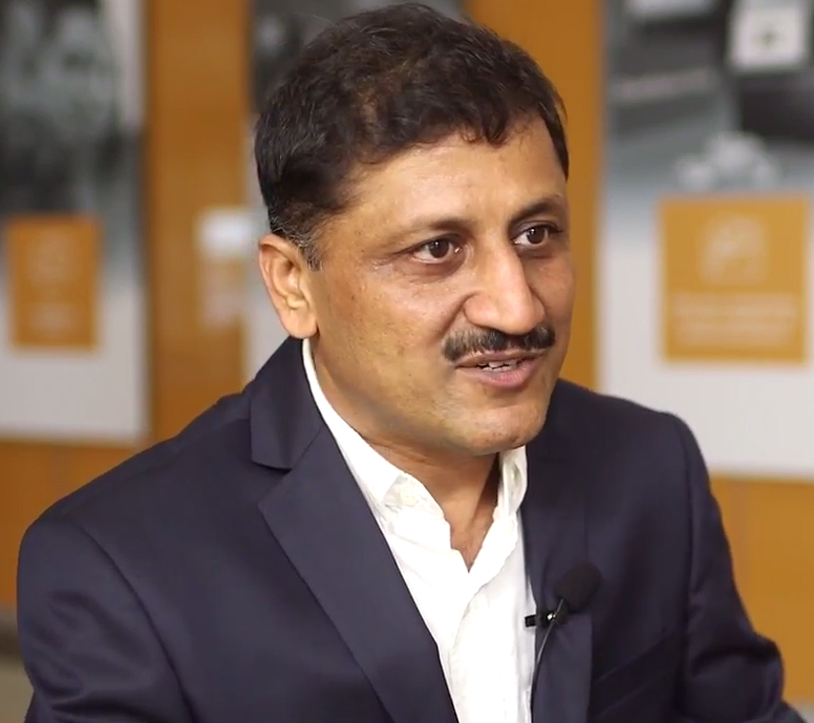Harm reduction is a pragmatic and compassionate approach to address various public health issues, including substance use, mental health, and risky behaviors. This comprehensive guide aims to demystify the concept of harm reduction and highlight its diverse applications.
Defining Harm Reduction
Harm reduction, at its core, is an evidence-based approach that focuses on minimizing the negative consequences of risky behaviors without necessarily demanding abstinence. It acknowledges that not everyone is ready or willing to stop a particular behavior, and instead seeks to enhance overall well-being.
Origins of Harm Reduction
The roots of harm reduction can be traced back to the 1980s during the HIV/AIDS crisis. Needle exchange programs were introduced to reduce the transmission of HIV among people who inject drugs, marking the inception of harm reduction in public health.
A Broader Perspective
While harm reduction’s origins are associated with substance use, it has evolved into a multifaceted strategy applied to various contexts. It encompasses mental health, sexual health, safer sex, and more. The primary goal is to minimize harm and improve individuals’ overall quality of life.
Principles of Harm Reduction
Several key principles underpin the harm reduction approach:
Prioritizing Human Rights: Harm reduction is based on the belief that all individuals have the right to be treated with dignity and respect.
Pragmatism: It is a practical approach that acknowledges that complete abstinence may not be immediately achievable or appropriate for everyone.
Empowerment: Harm reduction empowers individuals to make informed choices about their own lives.
Meeting People Where They Are: The approach meets individuals at their current state of readiness for change, offering support without judgment.
Applications in Substance Use
One of the most well-known applications of harm reduction is in the realm of substance use. It includes measures like needle exchange programs, supervised injection sites, and opioid substitution therapy, which aim to reduce the health risks associated with drug use.
Harm Reduction in Mental Health
Harm reduction principles extend to mental health as well. This involves understanding that recovery from mental health issues can be a complex and nonlinear process. It encourages individuals to take manageable steps towards improvement.
Promoting Safer Sex
Another area where harm reduction is applied is sexual health. The distribution of free condoms, comprehensive sexual education, and the availability of pre-exposure prophylaxis (PrEP) for HIV prevention all fall under the umbrella of harm reduction.
Minimizing Risky Behaviors
In the context of risky behaviors such as self-harm or eating disorders, harm reduction seeks to minimize harm and create a space for individuals to access the necessary resources and support without judgment. For example, providing access to sterile cutting tools can reduce the risk of infection.
Critics and Controversies
Harm reduction is not without its critics. Some argue that it enables or normalizes risky behaviors. However, proponents counter that it neither encourages nor discourages these behaviors but focuses on reducing harm to the individual and the community.
Barriers to Harm Reduction
Several obstacles hinder the widespread adoption of harm reduction strategies. These include stigma, legal constraints, and limited resources. Overcoming these barriers is crucial to achieving the full potential of harm reduction approaches.
Conclusion
Harm reduction is a multifaceted and compassionate approach that recognizes the complexities of human behavior. It is rooted in principles of pragmatism, empowerment, and human rights. While its origins are in harm reduction in substance use, it has evolved to encompass various areas, including mental health and sexual health. To fully embrace the potential of harm reduction, society must address the barriers and misconceptions that currently limit its effectiveness. In doing so, we can create a more inclusive and supportive world for all. For more details and guidance you can visit https://mindheal.com/











